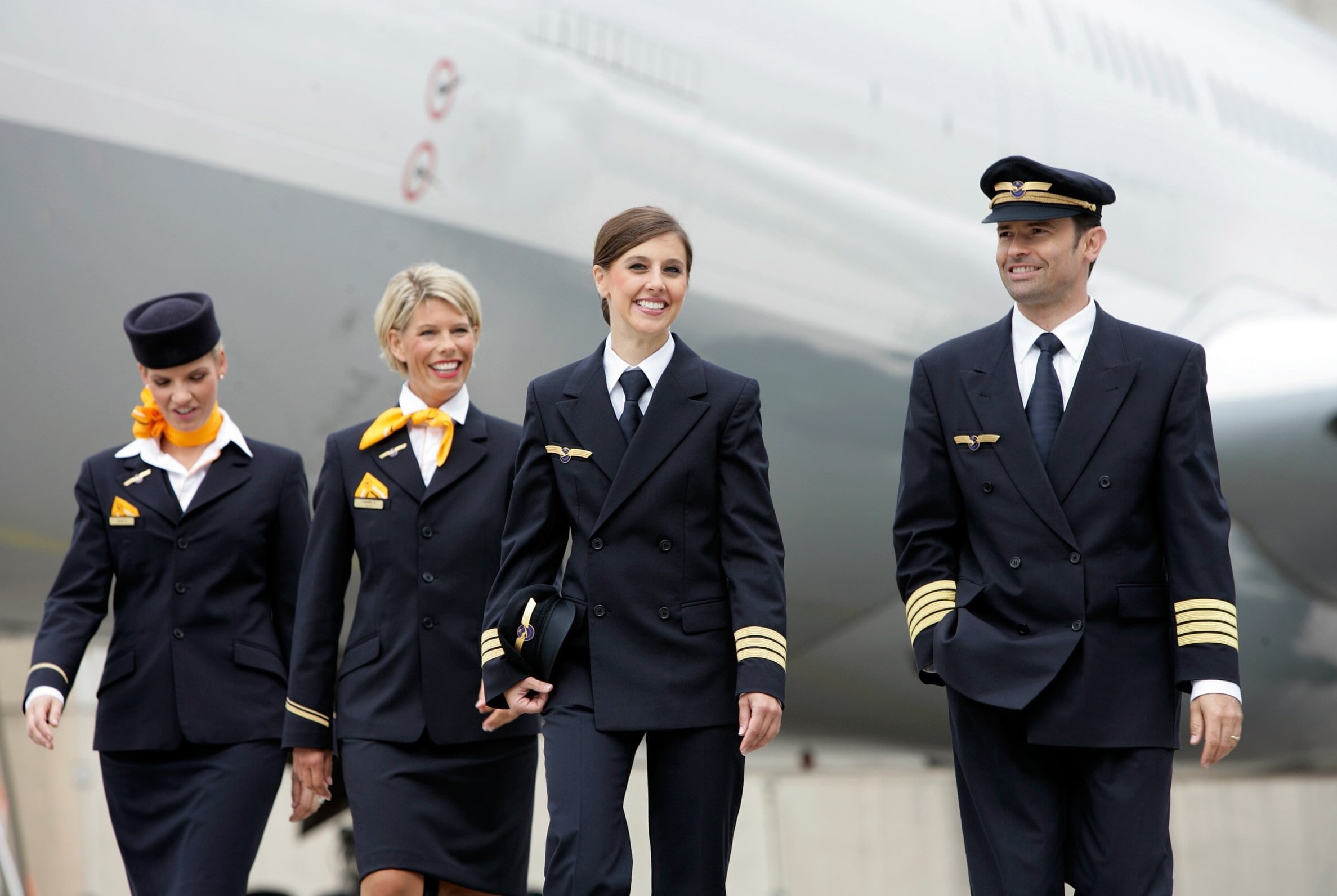
Airport management is a complex and fascinating field that ensures the smooth operation of airports worldwide. Ever wondered what goes on behind the scenes to keep planes flying on time and passengers happy? From coordinating flights to managing security, airport managers juggle countless tasks daily. Did you know that airport management involves everything from overseeing baggage handling to ensuring compliance with international regulations? These professionals must also handle emergencies, plan for future expansions, and even manage retail spaces within the airport. Curious about what else airport managers do? Here are 16 intriguing facts that will give you a deeper understanding of this critical role. Buckle up and get ready to learn!
Key Takeaways:
- Running an airport is like managing a non-stop show, with staff working 24/7 to keep flights safe and passengers happy. It's a bustling hub of activity and coordination!
- Airports are not just about planes and passengers; they're also eco-friendly, high-tech, and big contributors to the economy. They're like mini-cities with a lot going on!
The Complexity of Airport Management
Managing an airport is no small feat. It involves coordinating numerous activities, ensuring safety, and providing a seamless experience for travelers. Here are some fascinating facts about what goes into running an airport.
-
Airports operate 24/7, requiring round-the-clock staffing and coordination to manage flights, security, and passenger services.
-
The busiest airport in the world, Hartsfield-Jackson Atlanta International Airport, handles over 100 million passengers annually.
-
Air traffic controllers are crucial, guiding planes during takeoff, landing, and while in the air to prevent collisions and ensure smooth operations.
Security Measures and Protocols
Security at airports is paramount. Various measures and protocols are in place to protect passengers and staff.
-
The Transportation Security Administration (TSA) screens over 2 million passengers daily in the United States alone.
-
Advanced imaging technology and explosive detection systems are used to screen baggage and passengers for potential threats.
-
Airports employ K-9 units trained to detect explosives and narcotics, adding an extra layer of security.
Environmental and Sustainability Efforts
Airports are increasingly focusing on sustainability and reducing their environmental impact.
-
Many airports have implemented recycling programs to manage waste generated by passengers and operations.
-
Solar panels are being installed at airports to harness renewable energy and reduce reliance on fossil fuels.
-
Water conservation efforts, such as low-flow fixtures and rainwater harvesting, are becoming more common in airport facilities.
Technological Innovations
Technology plays a significant role in enhancing airport operations and passenger experience.
-
Biometric systems, like facial recognition, are being used to streamline check-in and boarding processes.
-
Automated baggage handling systems help reduce lost luggage and improve efficiency.
-
Mobile apps provide real-time flight updates, gate information, and even navigation assistance within the airport.
Economic Impact and Employment
Airports contribute significantly to the economy and provide numerous job opportunities.
-
Airports generate billions of dollars in revenue annually through passenger fees, retail, and other services.
-
They create thousands of jobs, from pilots and flight attendants to ground crew and retail staff.
-
Airports often serve as hubs for business and tourism, boosting local economies and attracting investment.
Emergency Preparedness and Response
Airports must be prepared for emergencies, from natural disasters to medical incidents.
- Emergency response teams are trained to handle various scenarios, including fires, medical emergencies, and security threats.
Managing an airport involves a complex web of activities, technologies, and protocols, all aimed at ensuring safety, efficiency, and a positive experience for travelers.
Final Thoughts on Airport Management
Airport management is a complex, fascinating field. From ensuring passenger safety to managing air traffic, it involves a lot of moving parts. Technology plays a huge role, with innovations like biometric screening and automated baggage systems making travel smoother. Environmental concerns are also a big deal, with airports working hard to reduce their carbon footprints. Customer service is crucial too, as happy travelers are repeat travelers. Security measures are constantly evolving to keep up with new threats. Operational efficiency is key, with airports striving to minimize delays and maximize throughput. Financial management ensures that airports remain profitable while investing in necessary upgrades. Emergency preparedness is another critical aspect, with plans in place for everything from natural disasters to medical emergencies. All these elements come together to create a seamless travel experience, making airport management a truly dynamic and essential industry.
Frequently Asked Questions
Was this page helpful?
Our commitment to delivering trustworthy and engaging content is at the heart of what we do. Each fact on our site is contributed by real users like you, bringing a wealth of diverse insights and information. To ensure the highest standards of accuracy and reliability, our dedicated editors meticulously review each submission. This process guarantees that the facts we share are not only fascinating but also credible. Trust in our commitment to quality and authenticity as you explore and learn with us.


